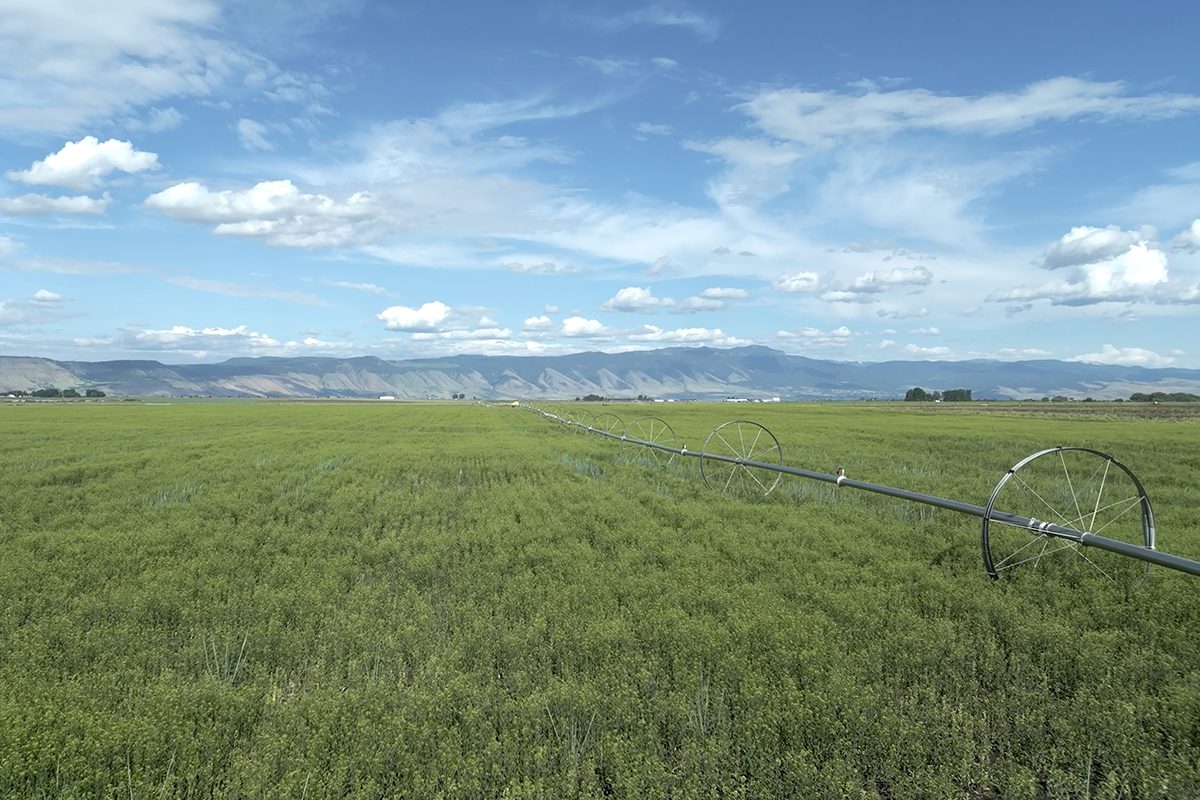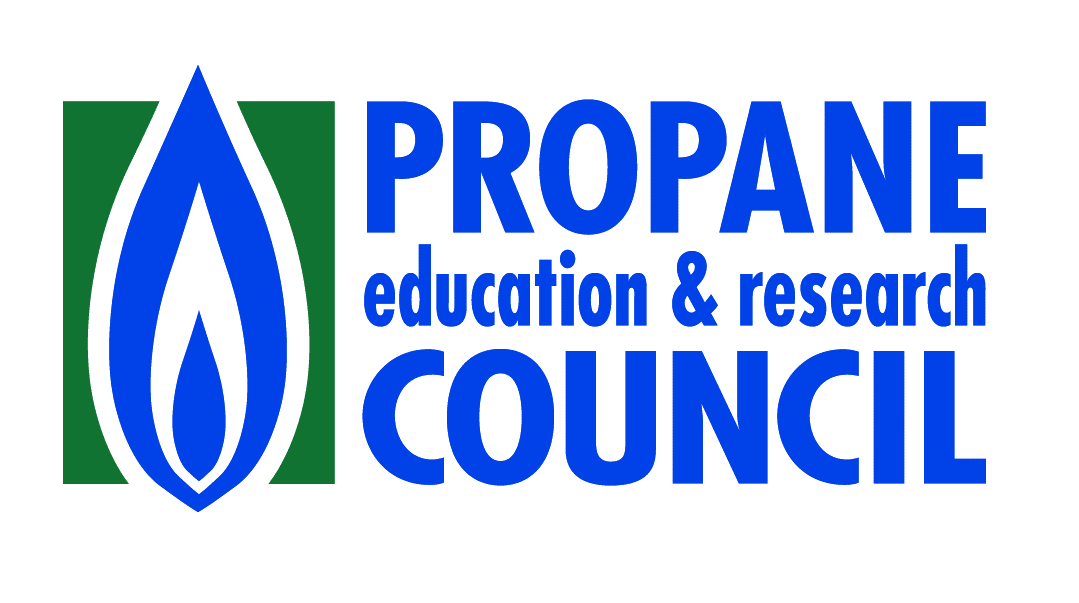The push for clean transportation continues to drive fleets toward low-emissions energy options, giving rise to the adoption of more renewable energy sources, including renewable propane. Renewable propane offers the same benefits as conventional propane — reliability, portability, and power — but with the added benefit of reduced emissions compared with other energy sources.
Renewable propane is made from a variety of renewable feedstocks, including camelina plant oil, vegetable oil, animal fats, used cooking oil, soybean oil and animal tallow. At the point of combustion, renewable propane’s carbon intensity — the carbon emitted for every unit of energy it produces — is four times lower than conventional propane and five times lower than diesel, according to the Propane Education & Research Council. Renewable propane has one of the lowest carbon intensity scores, meaning it can help businesses meet their environmental goals efficiently and reliably.
Recent Renewable Propane Adoptions
In 2023, the transportation industry further embraced renewable propane with notable new adoptions. In Hartford, Connecticut, the Pride Travel Center, which is known for being the first in the United States to house multiple alternative energy options, now offers renewable propane at its facility. In Raleigh, North Carolina, the city moved a portion of its fleet to run on renewable propane with a goal to reduce city-wide greenhouses gas emissions by 80% by 2050. And in Massachusetts, NGL Supply Wholesale brought renewable propane to its terminal in Springfield, providing fleets all around the area with a renewable propane option.
Projected Growth of Renewable Propane
Currently, more than 4.5 million gallons of renewable propane are produced every year. While it is sometimes used by itself as a vehicle fuel, renewable propane can also be added as an innovative blend to provide more fleets an opportunity to reap the low-carbon benefits of the energy source. Within the next few years, 100 million gallons of renewable propane is expected to be available with a total potential of 300 million gallons in the next decade. In fact, by 2050, renewable propane could meet half the world’s demand for non-chemical propane, according to the World LP Gas Association. The push for cleaner liquid fuels such as sustainable aviation fuel and renewable diesel fuel will lead to a sharp increase in renewable propane production.
That ambitious growth is also possible thanks to emerging research on how renewable propane can be produced. One of the newer production methods is to use the oil contained in camelina seeds. Camelina has one of the lowest carbon scores, with studies showing it can reduce greenhouse gas emissions by up to 60%. Because camelina is not a food crop, the production of camelina as a renewable feedstock is highly scalable, allowing for production to ramp up quickly as more adoptions take place. Recent studies also show renewable propane can be made by breaking down plastics, such as polyethylene and polypropylene, and by converting captured carbon dioxide into renewable propane.
As production and demand continues to grow, it’s only a matter of time before renewable propane is in most propane autogas fleets in America. For more information on renewable propane, visit Propane.com/Renewable-Propane.
Tucker Perkins is the president and CEO of the Propane Education & Research Council. He can be reached at tucker.perkins@propane.com. For more information, visit Propane.com.



